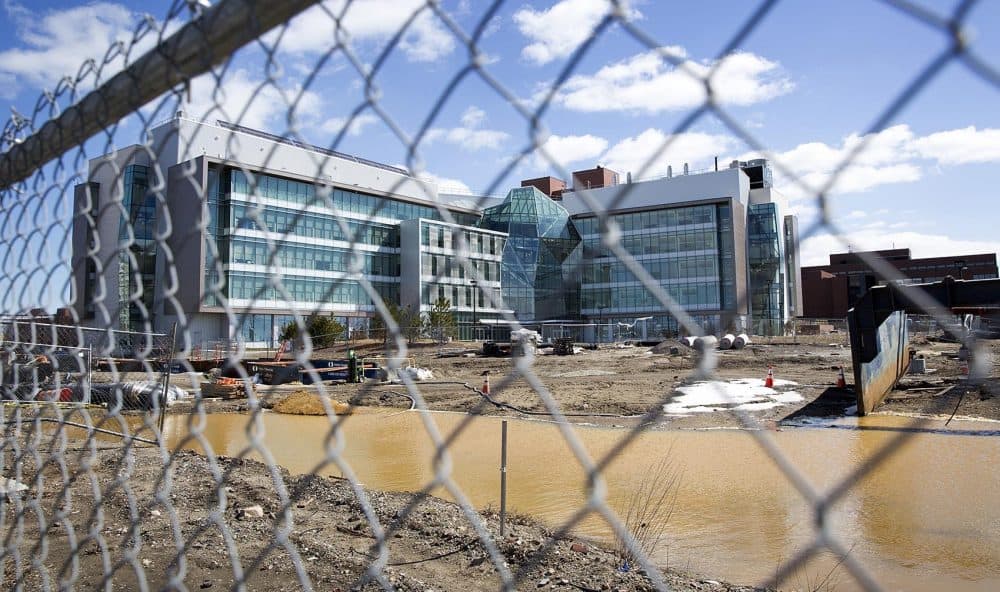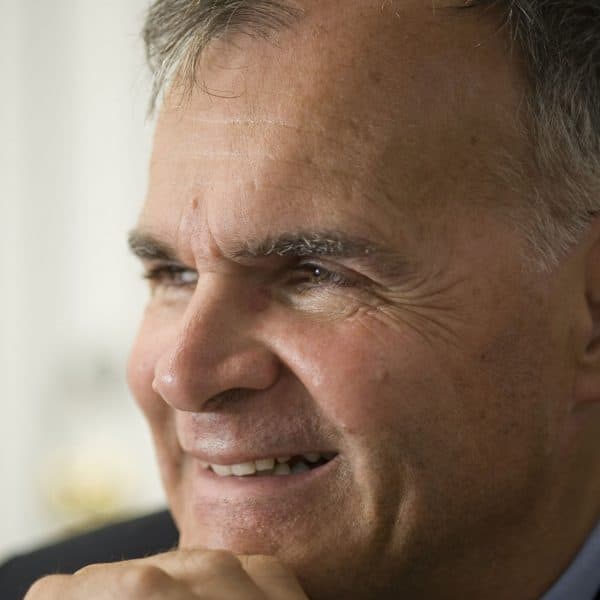Advertisement
Commentary
UMass Is Under Intolerable Financial Pressure. Let’s Work Together To Relieve It.

The University of Massachusetts has a bad case of the college-cost disease, a contagion that is sweeping across America. The cost of attending, in tuition and fees, has increased three years running — by a total of 12 percent. That’s $1,915 more per student.
UMass administrators say they wish it were otherwise — because, everything else being equal, higher tuition hurts their competitiveness. But does it? Enrollment is up 6.5 percent in the last five years, and it is expected to grow an average of 1.6 percent annually until 2021.
The median disposable income of student families has not gone up. So what is filling the gap? Student loans, of course. A quick estimate shows that 37 percent of UMass tuition is paid with student loans (and this number does not include Parent Plus loans, which have been on the increase).*
If UMass had raised tuition without the help of student loans, it would never have gotten its price even as its enrollment grew. Many Massachusetts residents would have placed their education dollars in other institutions, or simply decided a college education was too expensive.
Beacon Hill knows that years of decreasing state aid to UMass have merely shifted the cost of education to the federal government, which has compensated by lending more. That cynicism is helped along by the parents who, so beaten down by a culture of debt, never call their representatives to complain about decreased state aid.
Gov. Charlie Baker made a small down payment this year: increasing state aid by one percent, while acknowledging he cannot do more while healthcare costs take up so much of the budget.
Beacon Hill knows that years of decreasing state aid to UMass have merely shifted the cost of education to the federal government, which has compensated by lending more.
The UMass system embarked on a building spree a few years ago, taking advantage of a big bond issue signed into law by then-Gov. Deval Patrick. All of this must be paid back with interest, and it ominously shackles the university with new and significant building maintenance costs on top of those long left unpaid. (Indeed, state universities and colleges face $5.5 billion in deferred maintenance as of today.)
Given Massachusetts’ reputation for sitting at the top of the educational pyramid nationwide, it is surprising to find the state has fallen behind in support of its state colleges. It ranks 25th among states in direct support for higher education and an astonishing 48th in need-based aid. The MassGrant, the state’s need-based grant, once covered up to 80 percent of UMass costs. Now it only covers nine percent. It’s a sign that in Massachusetts, home to so many well-respected colleges and universities, our legislators are not as proud of state schools as are their counterparts elsewhere.
Despite all that financial pressure, UMass has made real qualitative gains over the past decade. The shame is that these gains have been made on the backs of students, who face even more pressure of their own.
Taxpayers should support higher levies, including the ‘Millionaire’s Tax,’ of which half will go to education. The governor and legislature should work together to stop the recent surge in tuition. We have to fix this, or else admit that by some measures we sit closer to Alabama and Mississippi than we’d like to think.
* Revenue from Tuition and Fees (net of scholarship allowances) in June 2015 was $765,218,000. A headcount of full-time students that year was 63,333. 70 percent of students who attend the UMass system borrowed to cover tuition, graduating with an average total burden of $31,958. (To generate a yearly average, I divide this amount by five years, making for a yearly debt of $6,391). My rough estimation is calculated as follow: 44,333 full time students have paid $6,391 of their tuition through loans, which equals to $283,359,441, which represents 37 percent of the revenue from tuition and fees.
Bob Hildreth, a member of the WBUR Board of Overseers and a key financial contributor to WBUR’s expanded education coverage, is the founder and executive director of Inversant. Learn more at inversant.org.
This article was originally published on September 22, 2017.
